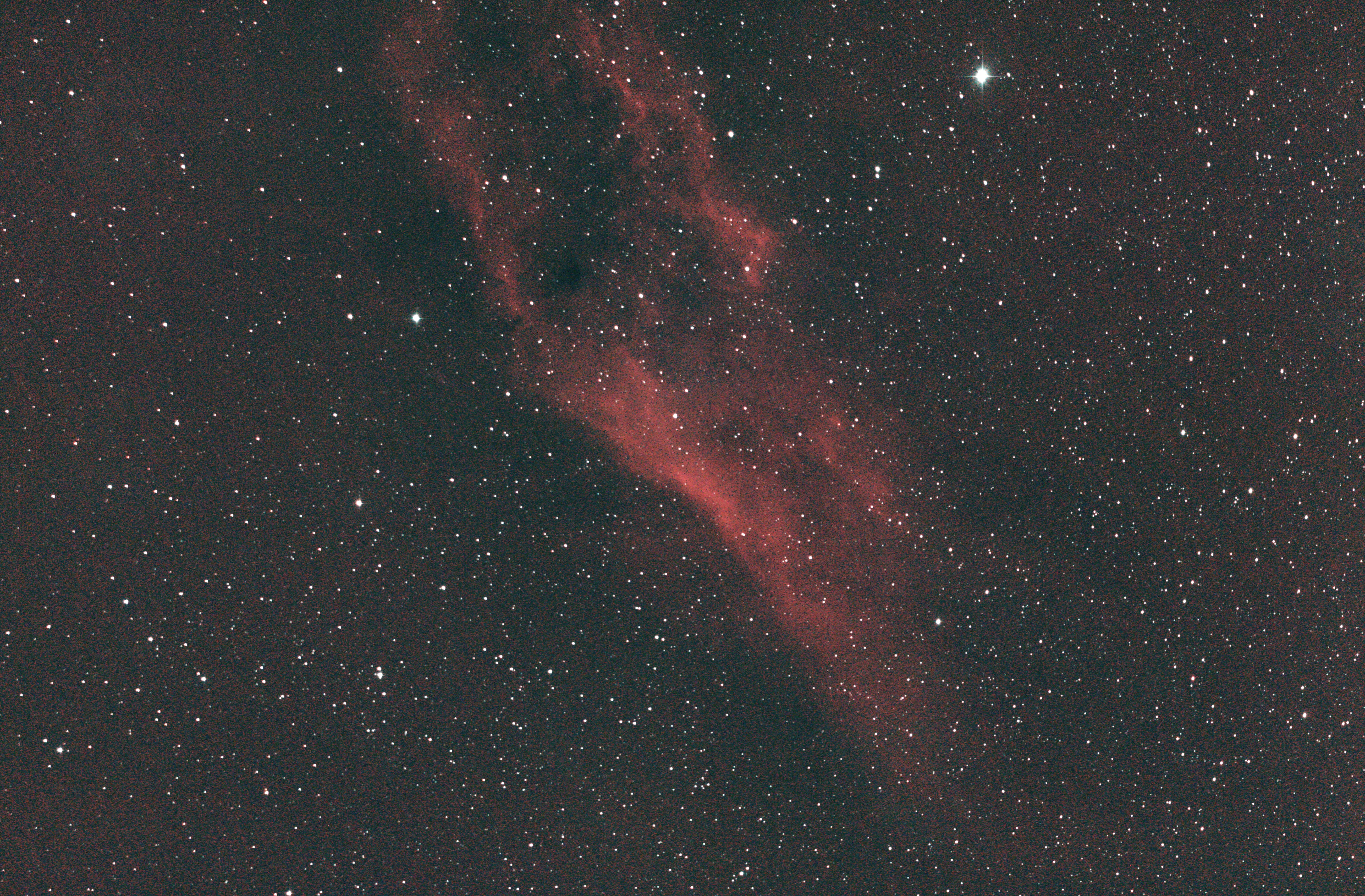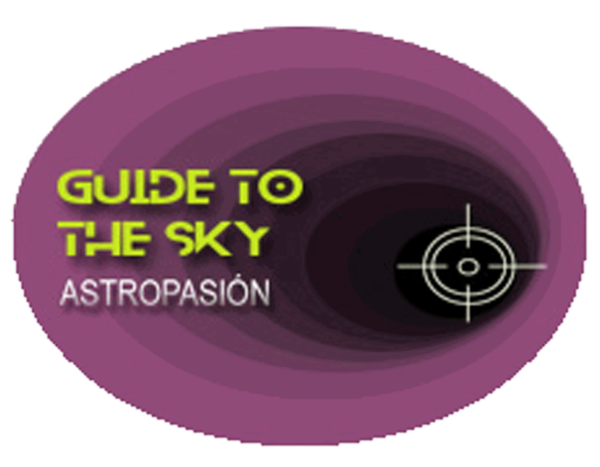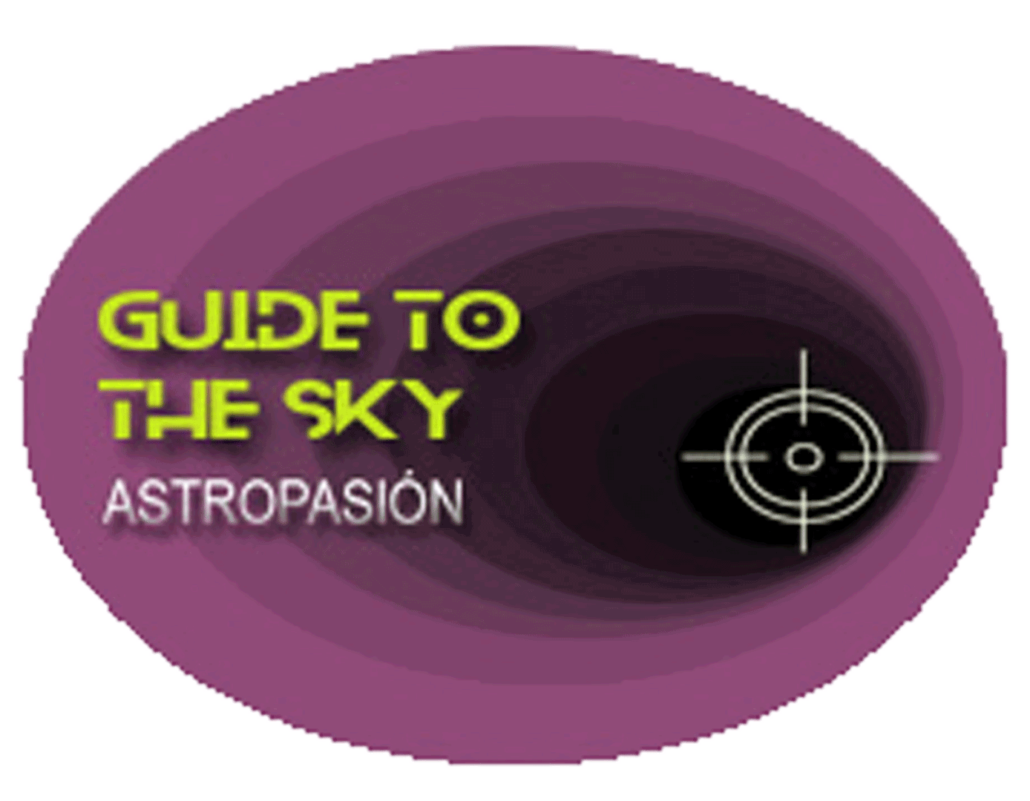NGC 1499 - Perseus

NGC 1499 es la llamada Nebulosa California en la constelación de Perseus. Hablamos de un objeto grande en tamaño aparente, aproximadamente 3x1º, por tanto, NGC 1499 es comparable en tamaño aparente a la Neblosa de Andrómeda.
Dificilmente podremos observar de forma visual a la nebulosa California si no es a través de la astrofotografía, pues se trata de un objeto bastante difuso, comparable a la nebulosa del Velo en Cygnus.
NGC1499 - Nebulosa California - en la IA
NGC 1499, also known as the California Nebula, is a fascinating and visually stunning emission nebula located in the constellation Perseus. Here's a breakdown of its key features:
Key Facts and Features:
- Type: Emission Nebula
- Constellation: Perseus
- Distance: Approximately 1,000 light-years from Earth
- Size: Extends about 2.5 degrees across the sky (about 5 times the diameter of the Moon), corresponding to roughly 100 light-years in actual size.
- Apparent Magnitude: Around magnitude 5, which means it's theoretically visible to the naked eye under very dark skies, but its low surface brightness makes it challenging to see without optical aid.
- Designation: Named the California Nebula because its shape resembles the outline of the state of California on a map.
Why it Glows:
- The nebula is primarily composed of ionized hydrogen gas.
- It's illuminated and ionized by the bright, hot, and energetic blue star, Xi Persei (also known as Menkib), located just outside the western edge of the nebula.
- Xi Persei emits intense ultraviolet (UV) radiation that strips electrons from the hydrogen atoms. When these electrons recombine with the hydrogen nuclei, they emit light at specific wavelengths, most prominently the red light of hydrogen-alpha (Hα), giving the nebula its characteristic reddish hue.
Challenges for Observation:
- Low Surface Brightness: Although quite large, the California Nebula's light is spread out over a large area, making it appear faint.
- Light Pollution: Light pollution from nearby cities and towns significantly reduces its visibility.
- Need for Filters: Using narrowband filters, particularly Hα filters, dramatically enhances contrast and makes the nebula much easier to observe and photograph. These filters block out most of the unwanted light, allowing the red light emitted by the ionized hydrogen to pass through.
Observing/Imaging Tips:
- Location: A very dark observing site is essential.
- Equipment: A telescope or binoculars, along with a narrowband Hα filter, is highly recommended. Wide-field telescopes are great for capturing the entire structure.
- Photography: Long exposures are necessary to capture the faint light of the nebula. Guiding and stacking multiple images are also important techniques.
Scientific Significance:
- Star Formation: Emission nebulae like the California Nebula are often associated with regions of active star formation. Although there aren't many prominent young stars within the nebula itself, the surrounding region is known to harbor stellar nurseries.
- Stellar Winds: The shape of the nebula may be influenced by the stellar winds emanating from Xi Persei and other nearby stars.
- Interstellar Medium: Studies of the California Nebula help astronomers understand the composition, density, and dynamics of the interstellar medium (the matter between stars).
In summary, the California Nebula (NGC 1499) is a beautiful and challenging object for amateur astronomers and a valuable subject for professional astrophysical research. Its striking shape and vibrant color, caused by the ionizing radiation of Xi Persei, make it a favorite target for astrophotographers.
Más información sobre NGC 1499 en NASA/IPAC.
Mapa alrededor de NGC 1499
Otros identificadores de NGC1499:
"LBN 756" ,"LBN 160.18-12.15" ,"NAME California Nebula","NGC 1499" ,"SH 2-220" ,

